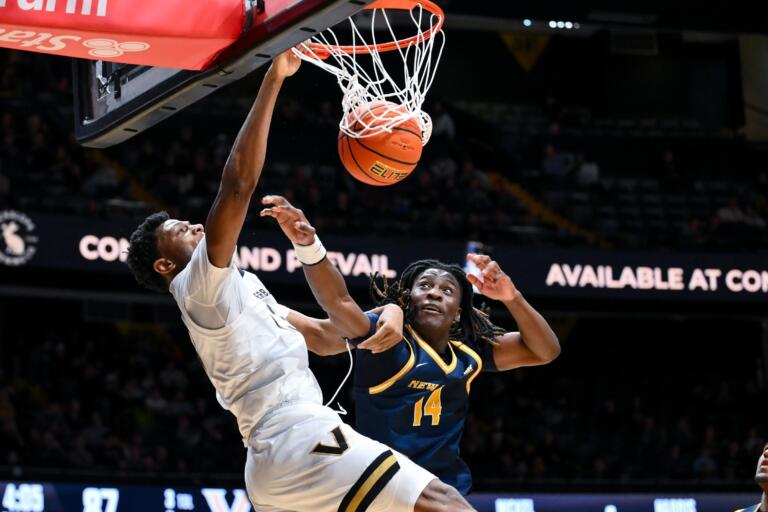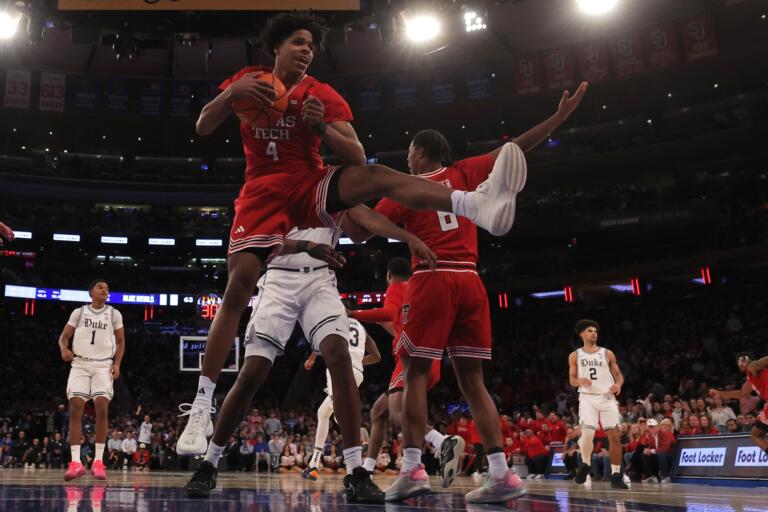The Digital Athlete – Boon or Bane? The Impact of Social Media on Young Sporting Prodigies like Jared McCain
In a world immersed in technology, the rise of digital platforms like TikTok has given birth to a new breed of athletes, notably represented by Duke Basketball’s freshman guard, Jared McCain. Garnering attention both on and off the court, McCain represents a generation of athletes navigating the labyrinth of instant fame alongside sporting excellence.
The advent of social media has revolutionized how athletes interact with the public, creating an avenue for personal branding unprecedented in its reach and immediacy. TikTok, among other platforms, offers a pedestal for young athletes like McCain to showcase their personalities alongside their sporting prowess. The charm of short videos, catchy tunes, and relatable content brings athletes closer to their audience, making them more relatable and human. The brand-building aspect of this digital interaction cannot be overemphasized, especially in the era of Name, Image, and Likeness (NIL) regulations that allow college athletes to monetize their fame.
However, this digital allure is not without its pitfalls. The clamor for online validation might divert young athletes from their primary focus – excelling in their sport. The amount of time and mental energy required to maintain an engaging online presence can potentially encroach on the time needed for training, recovery, and studying game strategies. Moreover, the instant feedback, often harsh and critical, can have a detrimental effect on young athletes’ mental health and self-esteem.
Jared McCain, a highly touted recruit with a promising basketball career, has been successful in straddling the digital realm and the basketball court thus far. His journey from a high school basketball star to a recognizable face on TikTok and now a promising guard for the Duke Blue Devils exemplifies this new era. McCain’s digital persona, filled with rhythmic dances and playful interactions, contrasts yet complements his aggressive and focused demeanor on the court.
Nevertheless, the balance is delicate. A single misstep in the digital realm could attract unwarranted scrutiny, affecting his performance on the court, and vice versa. Moreover, the expectations from fans both online and offline can pile immense pressure on young shoulders. The key to navigating this duality lies in maintaining a clear boundary and prioritizing sporting commitments over digital fame.
Moreover, institutions and coaching staff have a vital role to play in guiding young athletes like McCain through these uncharted waters. They must provide the necessary support and education to ensure that their players can handle the pressures and temptations of online fame without it affecting their performance or love for the sport.
Jared McCain’s journey is a fascinating case study in this new digital-sporting paradigm. It reflects the changing face of athlete branding, the potential distractions posed by digital platforms, and the necessity for robust support systems to help young athletes navigate this dual realm.
As we cheer for the mesmerizing dribbles and three-pointers from McCain, we also await his next TikTok dance move. However, one hopes that the digital applause never drowns the roar of the crowd in the stadium or the personal satisfaction derived from a game well played. The digital athlete era is here, but the essence of sport must never be overshadowed by the glare of social media lights.








